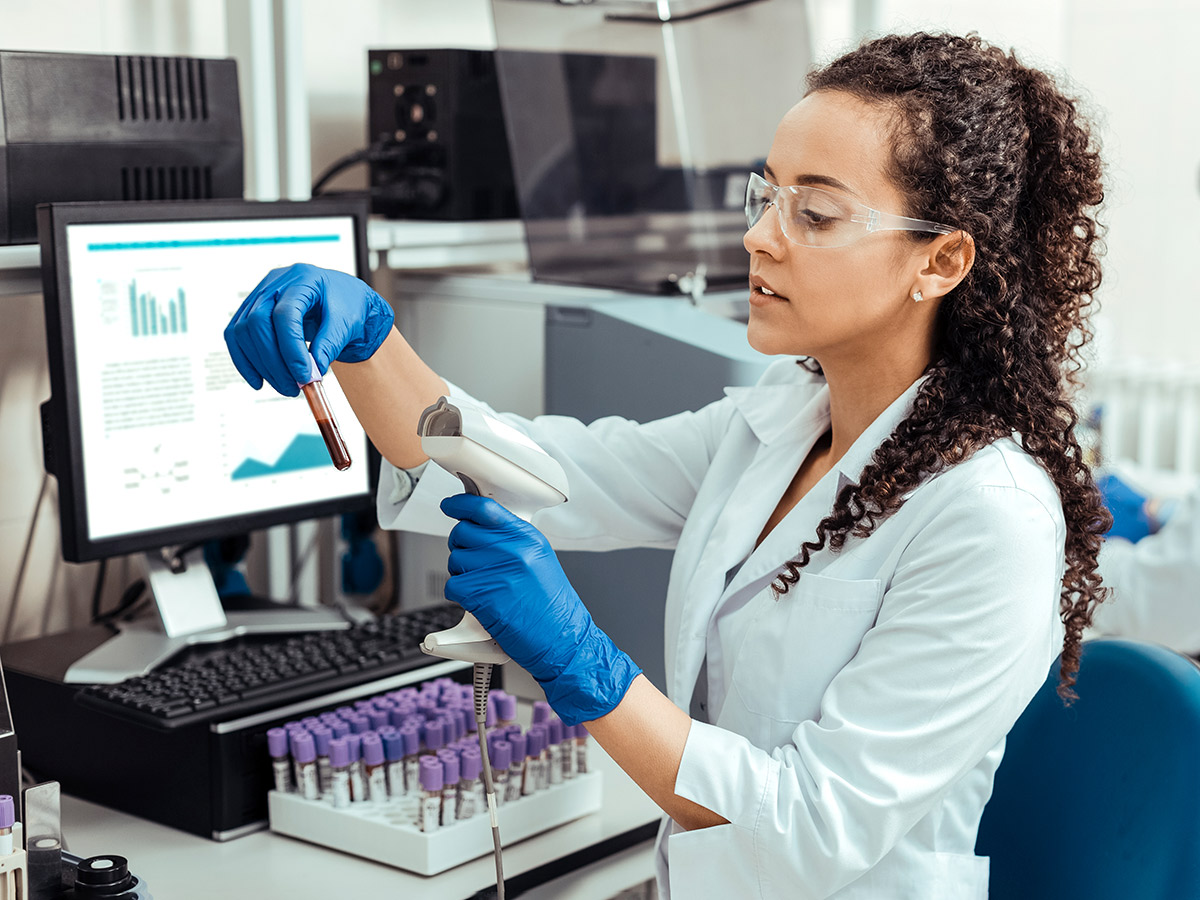
In vitro diagnostics on the rise
 While much of the focus around in vitro diagnostics has lately been around their utility in the fight against the COVID-19 global pandemic, there is much more going on with IVDs in multiple disease states, and their importance as early diagnostic detection tools to the health care system cannot be overemphasized.
While much of the focus around in vitro diagnostics has lately been around their utility in the fight against the COVID-19 global pandemic, there is much more going on with IVDs in multiple disease states, and their importance as early diagnostic detection tools to the health care system cannot be overemphasized.
In this series, BioWorld examines the future of investment in the IVD space and takes a deeper dive into some promising new uses for IVDs. The series also investigates some of the regulatory and intellectual property challenges that are potentially standing in the way of continued progress and advancements for IVDs.
Part 1: COVID-19 puts IVDs in the spotlight, but global investment seeks to bolster their use elsewhere
Due to COVID-19, diagnostics are in the limelight, and public and private investors are watching how the pandemic may impact the in vitro diagnostics (IVD) market in the future. As the sector receives an influx of investment, companies will be in strong positions to expand their portfolios. So, with 2022 around the corner – what are the investment trends to watch?
Part 2: Regulatory flux, patent law issues negatively impacting IVD market
Makers of vitro diagnostics (IVDs) are facing several significant challenges in the next few years, thanks to existing and impending revisions to a number of regulatory frameworks. There are other considerations that are adding to the headwinds, such as a poor patent protection environment in the U.S., the net effect of which is to make life unusually miserable for developers of these tests.
Part 3: From autopsy to blood test, the evolving science of Alzheimer’s disease detection
The controversial approval of Biogen Inc.’s Aduhelm (aducanumab) in June sharply increased the interest in developing a quick, painless method of diagnosing Alzheimer’s disease (AD). Now, more than half a dozen blood-based diagnostic assays are in development and one is commercially available, albeit without FDA clearance.